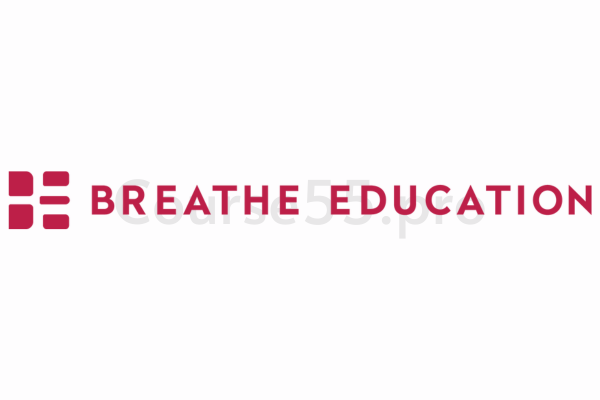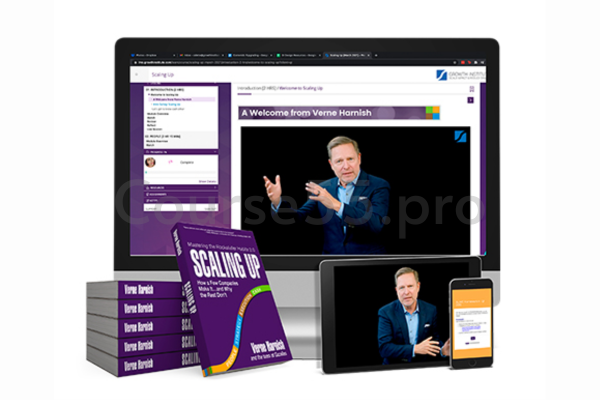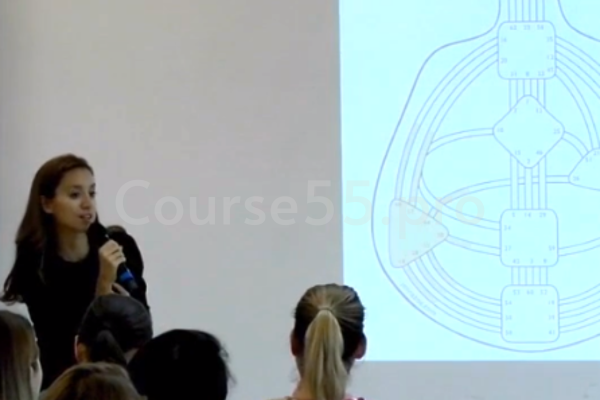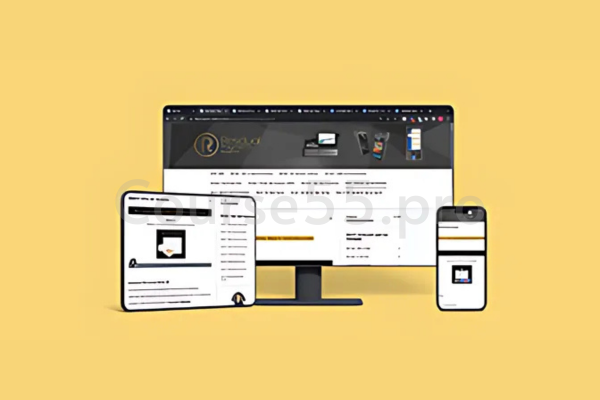1St -Dominate With Video
$1,997.00 Original price was: $1,997.00.$62.00Current price is: $62.00.
Download 1St -Dominate With Video, check content proof here:
First Review: Use Video to Do Your Best
The field of language and communication is always changing in the fast-paced digital world of today. When combined with the introduction of multimedia capabilities like video, the idea of language supremacy creates an intriguing picture of how humans interact and communicate. As English emerges as the language of choice in various contexts business, technology, and culture its dominance is reinforced through video content that engages audiences on multiple levels. The complex relationship between language supremacy and the power of video will be examined in this essay, along with how this dynamic affects communication, learning, and cross-cultural interchange in the contemporary world.
Understanding Dominance of Language
A scenario known as “language dominance” occurs when one language is favored over others in a variety of settings, impacted by a wide range of elements like history, society, and geopolitics. English has long been the dominant language in a wide range of specialized professions, including science, technology, and international diplomacy. This phenomena represents the societal fabric that shapes communication worldwide and goes beyond words and grammar.
The Background of Language Dominance in History
Economic and geopolitical factors are frequently cited as the historical causes of language domination. For instance, English was able to spread across continents because to the British Empire’s imperial reach, becoming ingrained in the governmental and educational systems of many countries. English’s standing was further cemented with the emergence of the United States as a superpower.
This historical context allows us to understand that language dominance isn’t merely a function of preference; it’s deeply intertwined with power dynamics. For example, countries that prioritize English in their education systems often provide greater opportunities in international business, leading to increased economic mobility for their citizens. Research from the British Council suggests that proficiency in English can significantly boost job prospects in non-English speaking countries, thereby reinforcing its dominance.
Assessing Dominance of Language
Language proficiency and usage frequency must be examined in order to properly assess language dominance. A person’s ability in multiple languages can be assessed with the use of instruments like language history questionnaires. Furthermore, we can determine if a person leans more toward being bilingual, monolingual, or somewhere in between by monitoring exposure over time.
Knowing these measures helps guide instructional strategies as well as linguistic examinations. Bilingual people who speak English as their first language, for example, would gain from materials designed to improve their second language, which would encourage a more well-rounded set of language skills.
The Value of English Around the World
English has a special place in international communication, which makes it useful for both people and companies. Being the most widely used language on the internet and social media, its impact has spread across national boundaries, making it crucial for efficient communication in the linked world of today.
Business and Technology English
English is frequently the language of choice for worldwide communication in the business sector. English is widely used by multinational corporations as their principal language for both internal and external communications. This preference helps with marketing, presentations, and negotiations by creating a uniform foundation for teamwork.
Furthermore, the technology sector illustrates English’s dominance vividly. Most programming languages, software documentation, and user interfaces are available primarily in English. This creates a significant barrier for non-English speakers, emphasizing the need for digital literacy in English to participate effectively in the tech-driven economy.
English’s Cultural Impact
English has a huge cultural impact since it encompasses a wide range of media, literature, and artistic expressions. English’s position as a universal cultural language is further supported by the widespread praise given to English-language films, music, and literature. For instance, English idioms and expressions are frequently incorporated into the collective cultural lexicon due to the widespread distribution of Hollywood films.
Its domination is further reinforced by the incorporation of English phrases into other languages as a result of this cultural permeation. English’s global reach is enhanced by the ongoing cycle of linguistic development that non-native speakers of the language contribute to when they adopt English words and phrases.
Video’s Function in Language Learning
Video has become a potent tool for language learning as digital information has proliferated. Videos are a powerful tool for teaching and learning languages because of their capacity to appeal to a variety of senses.
Benefits of Multimedia Learning
Research has indicated that watching videos can improve understanding and memory. When visual and aural cues are combined, learners are better able to absorb new information. For example, compared to students studying through conventional means, students exposed to video content in a second language demonstrated improved recall rates, according to research published in the Journal of Applied Linguistics.
Videos can introduce cultural nuances, humor, and context that are often lost in textbook learning. This holistic approach allows learners to understand not just the words, but the emotions and cultural significance behind them, increasing their overall proficiency and confidence in using the language.
Applications of Video in the Real World
The use of video in language instruction has applications as well. Video content is used by language schools and online learning environments to provide a more engaging learning environment. Platforms like as YouTube, for example, provide learners with actual language exposure by offering a multitude of content, from instructional videos to real-life conversations.
Additionally, a lot of companies hold meetings all around the world using video conferencing platforms like Zoom or Microsoft Teams, where English is the primary language. This dynamic demonstrates how video communication can strengthen teamwork while reaffirming English as the primary language of communication.
Improving Language Acquisition through Video Content
The unique advantages of video in language learning create a multifaceted landscape that appeals to a diverse array of learners. This section highlights the various strategies that can be employed to make the most out of video content in language acquisition.
Successful Techniques for Using Videos
- Contextual Learning: Select movies that offer scenarios rich in context so that students can connect language to actual circumstances. This encourages improved comprehension and memory.
- Interactive Components: To strengthen learning and promote active engagement, include conversations, quizzes, or assignments based on the video content.
- Captions and Subtitles: Make use of videos that have subtitles so that students can follow along while they listen. This dual-input method can greatly improve understanding.
- Various Sources of Content: Investigate a range of genres to expose students to a variety of English registers and styles, including news items, documentaries, films, and instructional lectures.
The Effects of Video Instruction on Bilingual People
Video can act as a language bridge for those who are bilingual. Frequently, switching between languages might be difficult, but watching videos can make it easier. To gain a deeper grasp of both languages, a student who speaks English at home might benefit from seeing movies in their second language with English subtitles.
Furthermore, watching videos that are culturally appropriate can help bilingual people embrace their English language skills and value their linguistic heritage, creating a multilingual sense of self.
In conclusion
We observe a development that influences how we interact, learn, and express ourselves in the complex web of language, video, and international communication. English’s supremacy as a worldwide language encompasses more than just words; it encapsulates the spirit of contemporary cross-cultural communication and gap-bridging.
Leveraging the power of video can result in more efficient language acquisition and cultural comprehension as we embrace the ongoing improvements in communication technology. Recognizing the impact of video as an engagement and educational tool is essential for promoting inclusive communication in a world where language defines our realities.
In the end, when we explore this multimedia-driven world more, mastering a language is not the only difficulty, but in understanding the stories, emotions, and connections that it conveys making us not just speakers, but storytellers in our right.

Frequently Asked Questions:
Business Model Innovation:
Embrace the concept of a legitimate business! Our strategy revolves around organizing group buys where participants collectively share the costs. The pooled funds are used to purchase popular courses, which we then offer to individuals with limited financial resources. While the authors of these courses might have concerns, our clients appreciate the affordability and accessibility we provide.
The Legal Landscape:
The legality of our activities is a gray area. Although we don’t have explicit permission from the course authors to resell the material, there’s a technical nuance involved. The course authors did not outline specific restrictions on resale when the courses were purchased. This legal nuance presents both an opportunity for us and a benefit for those seeking affordable access.
Quality Assurance: Addressing the Core Issue
When it comes to quality, purchasing a course directly from the sale page ensures that all materials and resources are identical to those obtained through traditional channels.
However, we set ourselves apart by offering more than just personal research and resale. It’s important to understand that we are not the official providers of these courses, which means that certain premium services are not included in our offering:
- There are no scheduled coaching calls or sessions with the author.
- Access to the author’s private Facebook group or web portal is not available.
- Membership in the author’s private forum is not included.
- There is no direct email support from the author or their team.
We operate independently with the aim of making courses more affordable by excluding the additional services offered through official channels. We greatly appreciate your understanding of our unique approach.
Be the first to review “1St -Dominate With Video” Cancel reply
You must be logged in to post a review.

 Flagship Amazon PM Interview Course By Product Alliance
Flagship Amazon PM Interview Course By Product Alliance  Pilates Apparatus - The Complete Collection By Breathe Education
Pilates Apparatus - The Complete Collection By Breathe Education  Scaling Up Master Business Course 2022 By Verne Harnish
Scaling Up Master Business Course 2022 By Verne Harnish  Release Negative Feelings & Emotions (Advanced) By Spirituality Zone
Release Negative Feelings & Emotions (Advanced) By Spirituality Zone 












Reviews
There are no reviews yet.